Share This
Since Oldways was founded in 1990, we’ve supported plant-based ways of eating. Since then, we’ve been encouraged to see plant-based diets grow in popularity! It is important for both human health and the health of our planet. As Dr. Walter Willett, professor of epidemiology and nutrition at Harvard T.H. Chan School of Public Health and professor of medicine at Harvard Medical School, wrote in the EAT LANCET Commission on Healthy Diets from Sustainable Food Systems summary report’s introduction:
“Transformation to healthy diets by 2050 will require substantial dietary shifts. Global consumption of fruits, vegetables, nuts and legumes will have to double, and consumption of foods such as red meat and sugar will have to be reduced by more than 50%. A diet rich in plant-based foods and with fewer animal source foods confers both improved health and environmental benefits.”
Or, as Michael Pollan phrased it in a 2007 New York Times Magazine article: “Eat food, not too much, mostly plants”.
That is why, at Oldways, we are focused on promoting traditional diets. Before the rise of food delivery apps and takeout being so widely available, traditional diets rooted in wholesome, seasonal ingredients are what fed and nourished families all around the world.
Traditional heritage diets are patterns of eating inspired by the rich culinary histories of cuisines around the globe. From hummus and jicama to quinoa and collard greens, traditional ways of eating are the ideal guide to good food and good health.
Although culturally diverse in their recipes, flavor pairings, and ingredients, nearly all traditional diets are centered on a foundation of fruits, vegetables, whole grains, pulses, nuts seeds, herbs, spices, and other plant foods. Meat, seafood, and traditionally produced dairy products (like yogurt and cheese) were often used as a garnish, while cooking fats, such as olive oil, were used to dress up vegetables and other nutritious ingredients. Refined sweets, like cakes and pastries, were reserved for special occasions, not everyday indulgences.
To give you some inspiration, here are some daily plant-based meal ideas from each of our heritage diet pyramids.
The Latin American Diet Pyramid preserves and revitalizes centuries-old traditions and tastes. Whether you are living in Latin America, of Latin descent but living elsewhere, or whether you simply enjoy the vibrant tastes of Latin culinary traditions, we’ll help you learn about the foods of Latin America.
Given that it is Hispanic Heritage Month, now is the perfect time to try out some new Latin-inspired recipes.
Breakfast: Mosh (Guatamalan oatmeal)
Mosh is a milky oatmeal beverage served for breakfast in Guatemala and some other Central American countries. Unlike in the US, it is simmered for a long time with lots of liquid, making it drinkable. In this version, we soak the oats overnight, so that they cook more quickly in the morning.
Lunch: Barley, Pineapple, and Jicama Salad with Avocado
This fruity grain salad showcases the freshness of traditional Latin American cuisine. Serve as a main dish, or as a side with a protein of your choice.
Dinner: Three Sisters Tacos
The “Three Sisters” refer to corn, squash, and beans – three crops that Native Americans grew in harmony with each other, that made up the basis of many meals throughout the Americas. We’ve included our favorite taco fillings, but feel free to swap in your own favorite garnishes, such as fresh cilantro, pickled red onions, or sliced jalapeños. If you don’t have canned corn, feel free to swap in frozen, thawed corn, or better yet, fresh.
For even more inspiration see our calendar of daily activities for Hispanic Heritage Month, and follow along on social media as our team makes some of the recipes. Plus, check out our Q&A with Dr. Sylvia Klinger.
The Mediterranean Diet reflects a way of eating that is traditional in the countries that surround the Mediterranean, but you don’t need to travel any further than your local supermarket to discover its delicious flavors and fresh foods. From morning to evening—we’ve got you covered with meal inspiration!
Breakfast: Date and Flax Oatmeal with Raisins and Almonds
Dates and flax seed give this classic oatmeal recipe a delicious, hearty twist! This recipe is easy enough to make every day, and is the favored morning fuel of Whole Grains Council staff members during the approaching colder months.
Lunch: Ciaki Ciuka
This recipe, which comes from Pantelleria, an Italian island in the Mediterranean between Sicily and Tunisia, is a delicious medley of vegetables simmered in olive oil. Try serving warm, at room temperature, or chilled.
Dinner: Gemelli Pasta with Spicy Chickpeas, Rosemary and Fresh Cherry Tomatoes
This is a simple pasta dish with a little kick!
According to our friends at Barilla, “Many people try and follow the Mediterranean Diet to support their health goals in a sustainable and proven way. But even if a person has the desire to follow this dietary pattern, sticking to the guidelines may be challenging, especially if a person is used to eating ultra-processed foods frequently.
Data shows that eating pasta may help people better adhere to the Mediterranean Diet. Plus, those who eat more pasta meals appear to have a lower BMI, waist circumference, waist to hip ratio, and lower chance of being overweight and obese, regardless of the adherence to the Mediterranean diet, according to the same data published in Nutrition & Diabetes.”
For more Mediterranean Diet Inspiration join us in our Make Everyday Mediterranean Facebook group or check out our 4-week menu plan.
The African Heritage Diet is a way of eating based on the healthy food traditions of people with African roots. This healthy way of eating is powerfully nutritious and delicious, and naturally meets the guidelines experts recommend for supporting good health. Here are some delicious meal ideas.
Breakfast: Fonio Porridge with Peanut Butter and Caramelized Bananas
Fonio porridge has a texture similar to cream of wheat. This Senegalese grain porridge is topped with caramelized bananas, inspired by the banana fritters that are sometimes served in Senegal.
Lunch: Millet with zucchini and chickpeas
Millet is a staple of continental African cuisine: it’s easy to digest and rich in nutrients. In this recipe, we add diced zucchini for a slight bit of crispness, curry powder for a hint of spice, chickpeas for added protein, and golden raisins for a delightful sweetness.
Dinner: Sweet Potato Stew or “Mafe”
Mafe, or groundnut stew, is common throughout West and Central Africa. This traditional stew can include meat, vegetables, or seafood, and it is always based on a savory sauce made from peanut butter and tomatoes. This recipe is based on one from Iba Thiam, chef and owner of Cazamance restaurant in Austin, Texas, and it is one of the recipes in Oldways’ A Taste of African Heritage cooking program. The sweet potato, a much-loved African heritage food, is a featured ingredient.
For more recipes and inspiration check out our A Taste of African Heritage curriculum, which is celebrating its 10-year anniversary this year. We also have an e-course version!
Asian diets are as varied as the Asian continent is large. Although each Asian country and region has its distinct flavors and cooking styles, there are many unifying characteristics, such as high consumption of plant foods, including vegetables, fruits, beans, legumes, nuts, herbs and spices. Here are some tasty recipes to add to your repertoire.
Breakfast: Besan Onion Cheele
In Indian cuisine, cheele are savory crepes typically served with chutney or plain yogurt for breakfast. The most popular cheele are made with besan (chickpea or garbanzo bean flour), giving the dish a boost of protein.
Lunch: Freekeh Rice Wraps
These wraps kick things up a notch. With their nutty flavor, tangy peanut sauce, and crunchy vegetables, these rice wraps are filing, crunchy, and fresh-tasting. If you don’t have these for your lunch, make them as an appetizer for your next Asian-inspired dinner.
Dinner: Stir fried Whole Grain noodles with Mushrooms, Kale and Crumbled Tempeh
Tempeh is a fermented tofu product that is traditional to Indonesia. When served crumbled and stir fried in this recipe, it takes on a hearty, almost meaty texture. Celebrate Whole Grains Month, and serve it with delicious whole grain noodles.
We hope this blog inspires you to eat more plants, and rediscover traditional eating. We believe that heritage diets are a time-tested roadmap for embracing taste, nourishment, sustainability and joy.
For more plant-based resources, check out
- Our 12 Ways to Use Vegetable Books
- Our Vegetarian and Vegan Menu Plan Book
- Our Heritage Cooking Classes
- Oldways Recipe search
To travel the world, and eat traditional heritage diets alongside chefs and experts, check our our Culinary Travel Program.
Want biweekly Heritage Diet information and recipes in your Inbox? Sign up for our Fresh Fridays newsletter by clicking the Subscribe button at the bottom of this page!

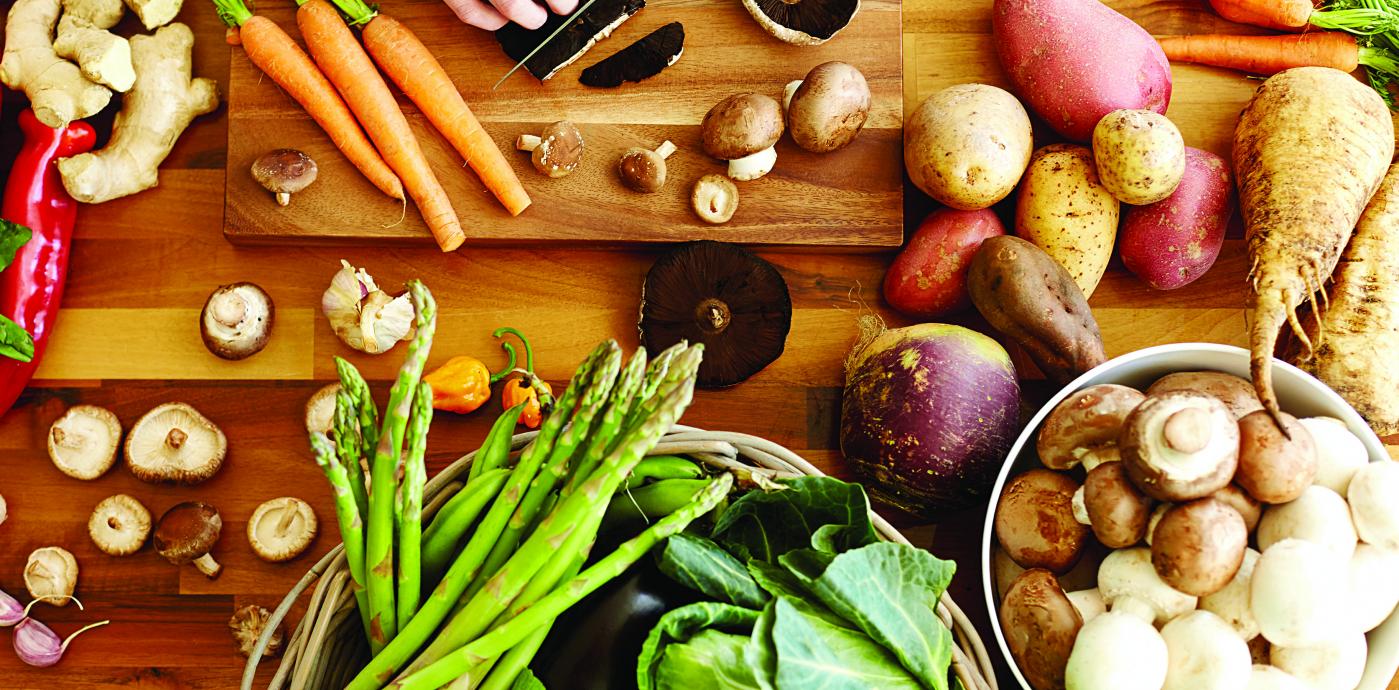
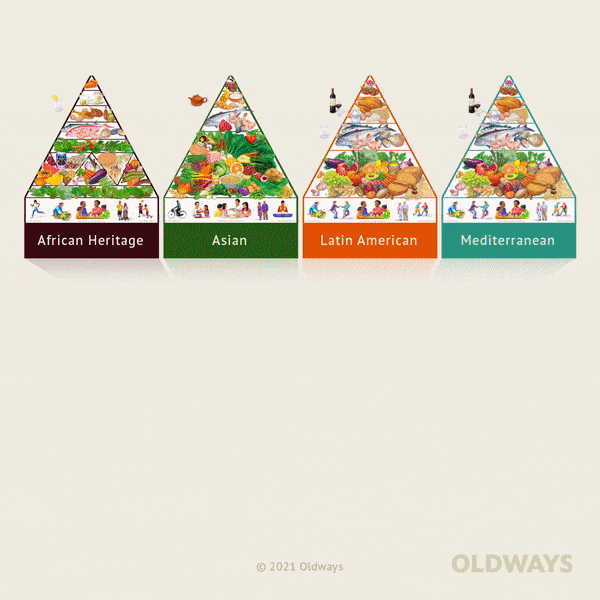
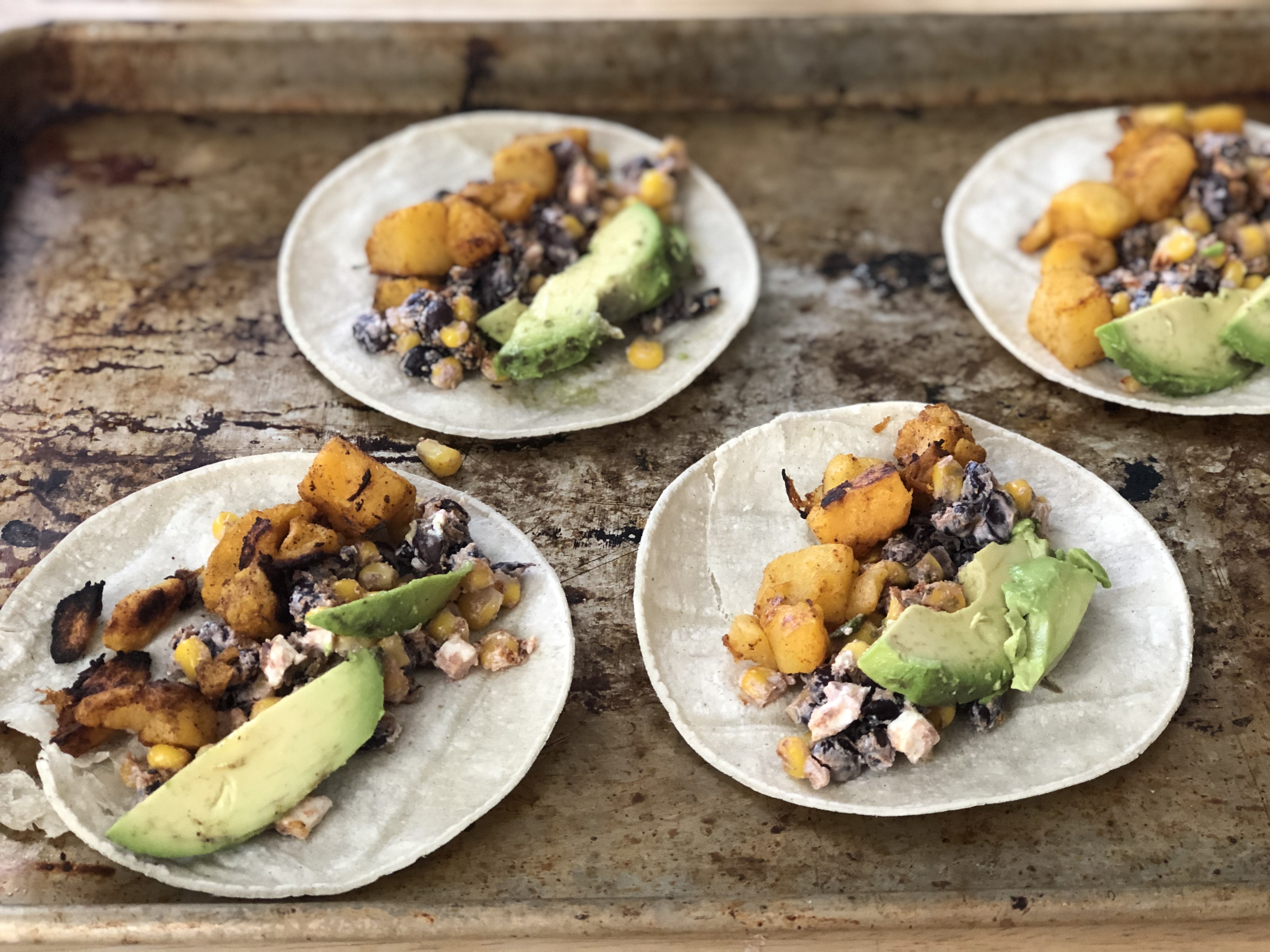
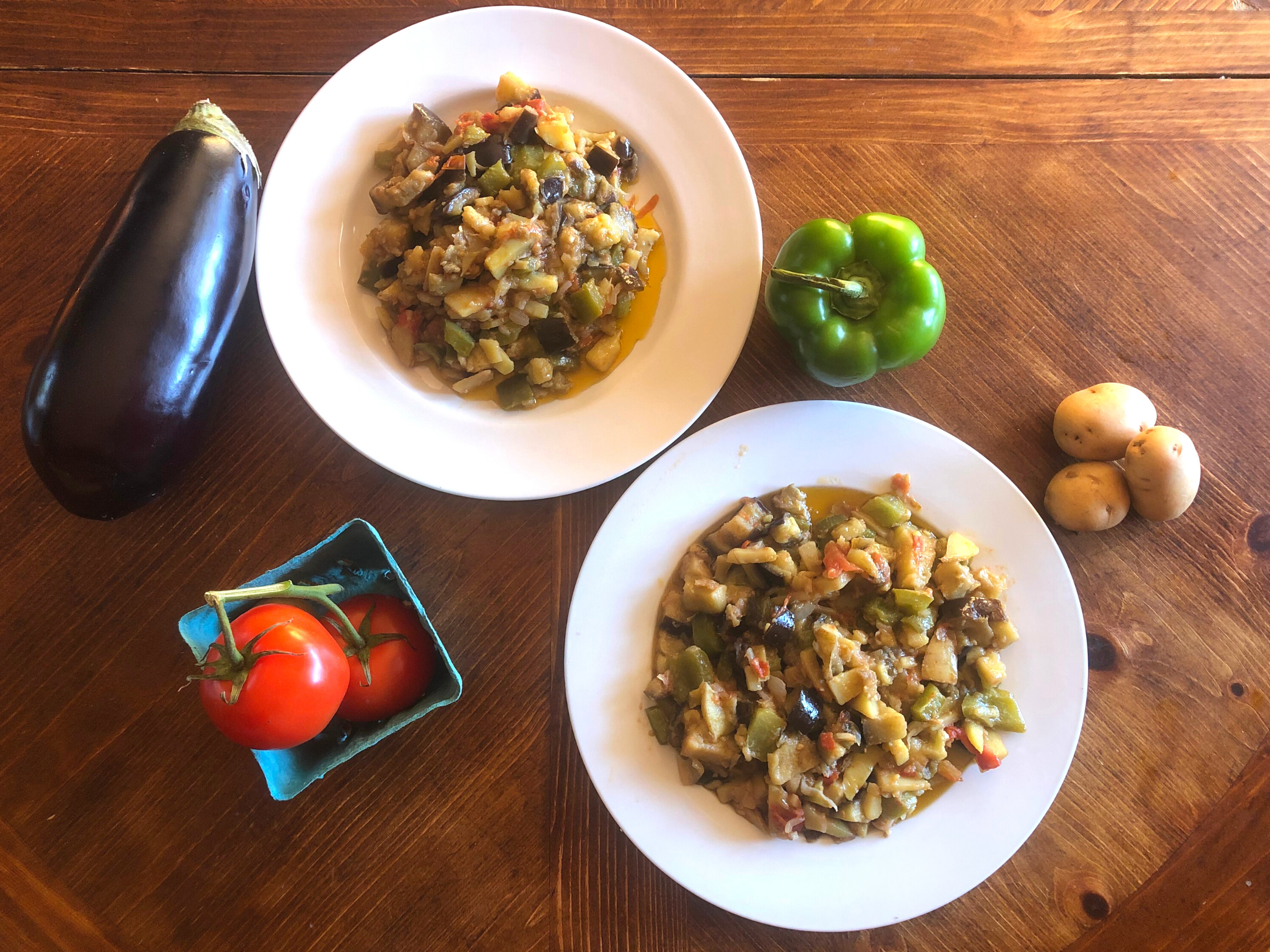

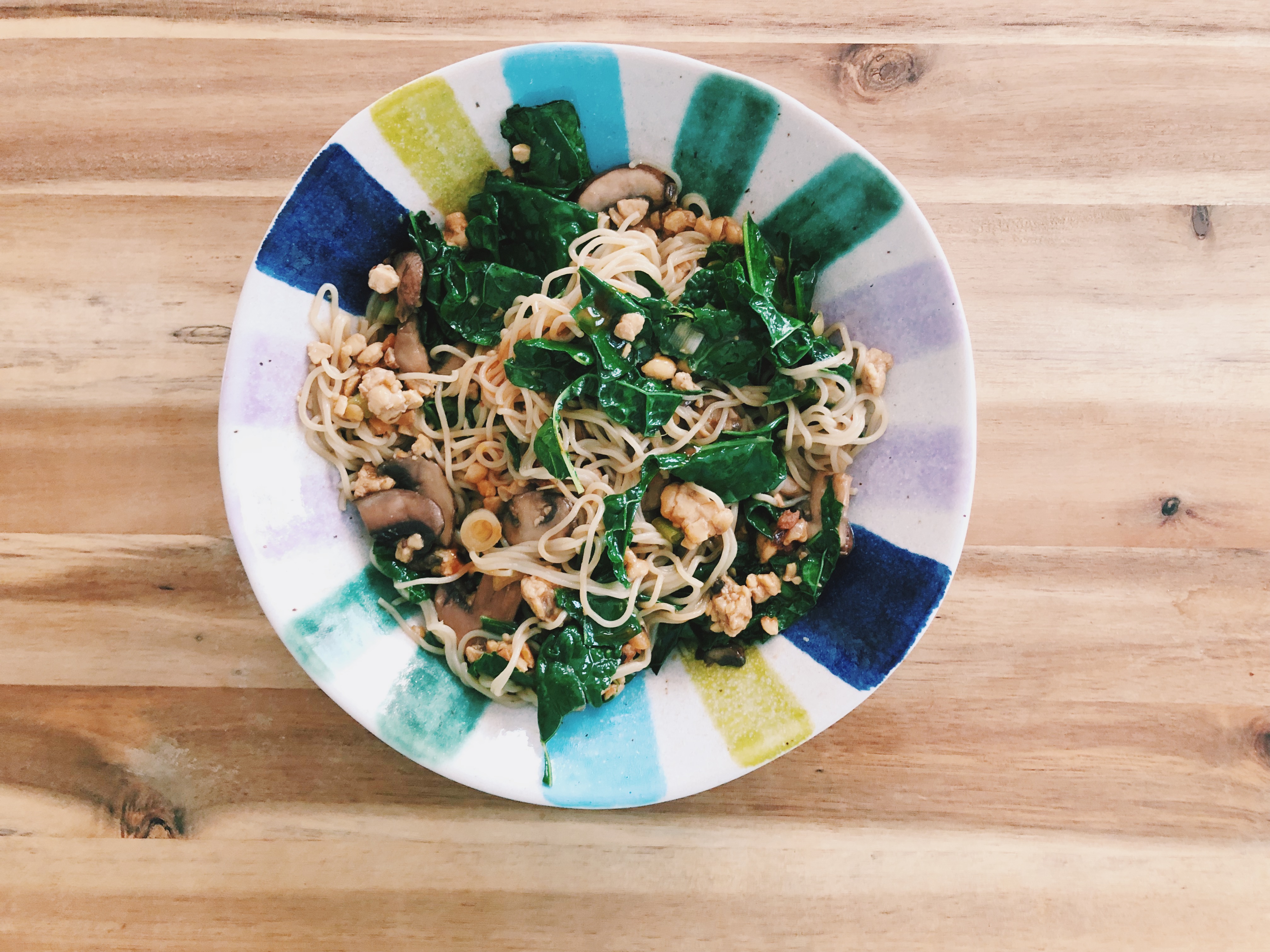
Comments
Add a Comment